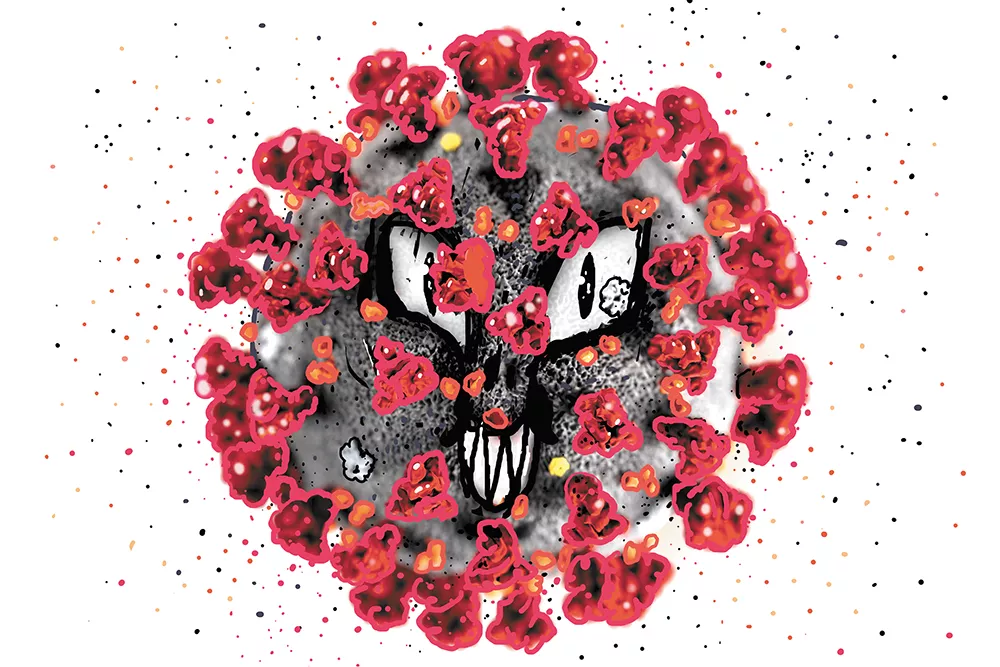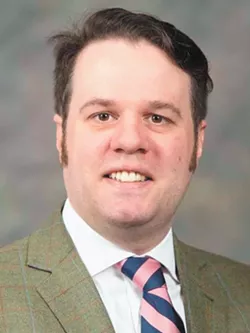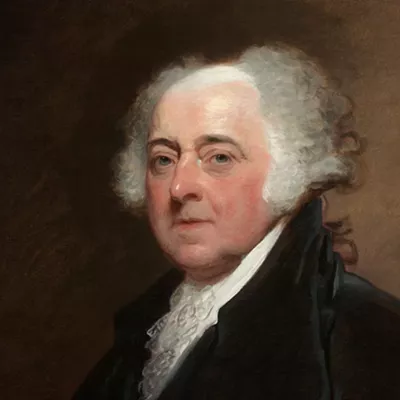Providence Sacred Heart Medical Center received four patients with coronavirus (or COVID-19) on Feb. 20, bringing the potential global pandemic a bit too close to home for some Spokanites. Sacred Heart is one of 10 units nationwide with the specialization to treat highly infectious diseases. Following careful protocols, these patients arrived on special medical flights and are being treated in a secure isolation unit within the hospital. Local health officials tried to reassure the city's residents that the risk to the general public of contracting the virus is low, but some fearful Spokanites have turned to social media to express their concerns about outsiders bringing this disease into our midst.
With the threat of a global pandemic hanging over us, it is tempting to want to return to a simpler age of relative isolation, a time before jet aircraft could move tens of thousands of people across the globe in a matter of hours. But the truth is that epidemics have always been part of American history. Contact between indigenous peoples and European colonists exposed virgin populations in the Americas to new diseases with devastating consequences. During the 16th-century Spanish invasion of the Caribbean and South America, indigenous communities suffered mortality rates of up to 95 percent. In 17th-century New England, puritan colonists encountered whole villages abandoned, their late residents having succumbed to diseases that they had contracted from European fishermen.
The spread of disease in America was not just a phenomenon restricted to the early years of European colonization. In 1793, the fledgling United States faced a yellow fever epidemic that claimed over 5,000 lives in the then capital city of Philadelphia. Philadelphia was a cosmopolitan hub of international trade in the 1790s. Ships, people and cargos from Asia, Europe, Africa and other parts of the Americas arrived daily. And one of them brought mosquitos carrying yellow fever.
That outbreak began in August and quickly gathered pace, killing 30 Philadelphians a day in September, and peaking at 100 deaths on Oct. 11. Physicians at the time did not know what caused yellow fever, though Dr. Benjamin Rush — a signer of the Declaration of Independence — did suspect that it may have been spread by mosquitos. Panic ensued. Some 20,000 of the city's 50,000 population fled. Neighboring communities, including Baltimore and New York City, sent out patrols to try to apprehend and quarantine the exodus of Philadelphians. President George Washington had already left the city for his summer vacation when the outbreak began, but he and his cabinet did not immediately return in the fall, convening, instead, in nearby Germantown. By the time the epidemic effectively ended in November (as cool weather killed the mosquito population), yellow fever had claimed around 10 percent of Philadelphia's population.
The visceral reaction of Philadelphians to escape disease echoes across the centuries. It's quite understandable that people would fear that the arrival of coronavirus patients in Spokane might endanger the local community. But if we take a deep breath and remind ourselves of the differences between Spokane in 2020 and Philadelphia in 1793, we will recognize that this is the right thing to do. In 2020, we have experts trained in the science of infectious diseases, who can mobilize the resources and planning of the Centers for Disease Control. In 1793, Rush had a hunch and few resources to try to fight an unseen enemy. The arrival of the four coronavirus patients at Sacred Heart shows how we will defeat COVID-19. Spokanites should be proud that our community can rely on the expertise and selfless dedication of such well-trained health care professionals in the fight against infectious disease. ♦
Lawrence B. A. Hatter is an award-winning author and associate professor of early American history at Washington State University. These views are his own and do not reflect those of WSU.

























